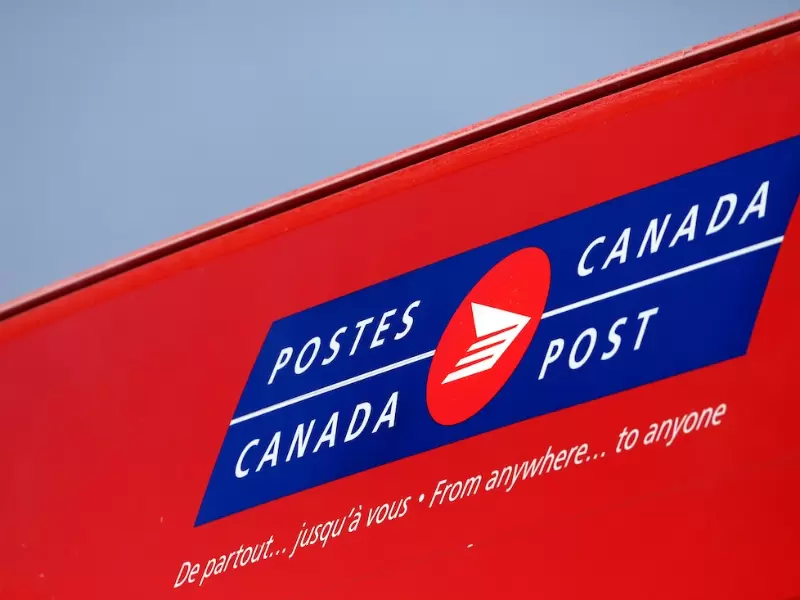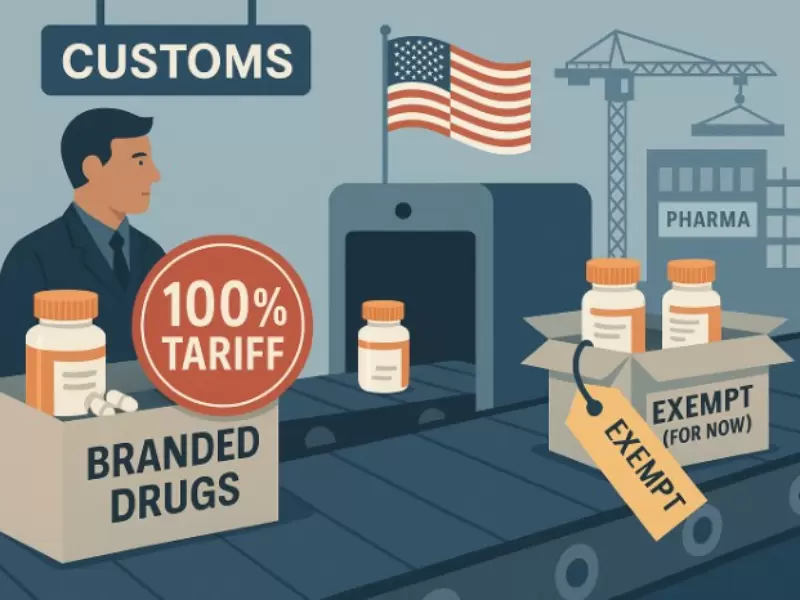House-to-house mail delivery will be a thing of the past in Canada
As of today, there are nearly 4 million Canadian households who are privileged to get their letters delivered to their homes.
 A Canada Post logo is seen as striking workers picket outside a mail processing plant in Ottawa, Ontario, Canada, November 23, 2018. / REUTERS/Chris Wattie/File Photo
A Canada Post logo is seen as striking workers picket outside a mail processing plant in Ottawa, Ontario, Canada, November 23, 2018. / REUTERS/Chris Wattie/File Photo
There is a time when traditions become a part of history. And there is one such tradition which is about to be confined to the annals of history.
Door-to-door mail delivery in Canada will soon be a thing of the past. Instead, people with disabilities and in rural and remote areas will have to go to the nearby community mailboxes to get their letters.
Though the number of letters sent through Canada Post has been coming down drastically, there are still ardent followers of hard copies or letters coming as part of surface mail. These are the avid postal mail lovers who are in the habit of checking their mailboxes outside the main doors of their houses every day. Soon, they will have nothing to look for in their mailboxes. It is more true for people living in rural or remote areas. As of today, there are nearly 4 million Canadian households who are privileged to get their letters delivered to their homes.
This facility or privilege is all set to be withdrawn as the Government of Canada announced some far-reaching decisions to save Canada Post, a national institution, older than Canada itself.
Joël Lightbound, Minister of Government Transformation, Public Works and Procurement, issued the following statement: “Canada Post is a national institution, older than our country itself, that has been serving Canadians for more than 150 years. For generations, postal workers have connected communities in every corner of the country, providing an essential lifeline to hundreds of northern, Indigenous, and rural communities. Canadians continue to rely on it today, and it remains a vital public service.
“At the same time, Canada Post is now facing an existential crisis. Since 2018, the corporation has accumulated more than $5 billion in losses. In 2024 alone, it lost over $1 billion, and in 2025, it is already on track to lose close to $1.5 billion. Earlier this year, the federal government provided a $1-billion injection to keep the corporation operational. In the second quarter of 2025, Canada Post posted its worst quarterly results ever, losing $407 million. Today, the corporation is losing approximately $10 million every day.
“Twenty years ago, Canada Post delivered 5.5 billion letters annually. Today, it delivers only 2 billion, even as the number of households has grown. That means fewer letters are being delivered to more addresses, while fixed costs remain high. At the same time, parcel volumes — which should have been Canada Post’s growth opportunity — have declined. In 2019, Canada Post delivered 62% of parcels in Canada; today, its market share has dropped below 24%, with private competitors taking the lead. Structural challenges, combined with outdated restrictions and stalled negotiations between labour and management, have further limited the corporation’s ability to adapt.
Soon after the announcement was made by the Minister, an issue was raised in the House of Commons where some MPs from Quebec wanted that door-to-door delivery of letters in rural and remote areas and to the families of disabled persons, should not be impacted.
Joel Lightbound, however, insisted that it was more important to save the institution, which was getting deeper into mounting losses.
The federal government has now directed Canada Post to transition from door-to-door delivery to community mailboxes for four million additional addresses. Joël Lightbound, while addressing a Press Conference, revealed that the Crown agency has also been asked to restructure rural deliveries and shift non-urgent mail from air to ground. Lightbound said that he projects to raise delivery times from three or four days to up to seven days for non-urgent mail. “Canada Post is facing an existential crisis. We need to respond,” he said. “I know that Canadians care about the future of Canada Post.”
Ottawa plans to address the loss by adopting all recommendations issued by the Industrial Inquiry Commission led by William Kaplan in a May 15 report.
Along with the switch to community mailboxes for four million additional addresses and developing dynamic routes to accommodate daily variations in mail volume, a more straightforward process for increasing stamp rates will be implemented, Lightbound said.
He also announced the government will lift a 1994 moratorium on closing roughly 4,000 post offices that were once located in rural regions but have now transitioned to suburban areas as communities expand. He said that remote and indigenous communities will continue to have access to post offices despite the moratorium being lifted.
Ottawa will also instruct Canada Post to employ part-time workers to meet the demand for weekend and additional weekday deliveries resulting from high volume. These workers will be compensated with the same pay and conditions as full-time employees, along with proportional benefits and pensions. The changes are expected to generate nearly half a billion dollars in annual savings, helping ensure Canada Post’s long-term survival, the minister said.
“We can’t go on with Canada Post losing $10 million a day and Canadian taxpayers footing the bill,” Lightbound said.
Incidentally, the Canadian Union of Postal Workers (CUPW) has not taken well to all the recommendations of the Kaplan Committee. Instead, it has raised serious objections to some of the recommendations.
“We fundamentally disagree with the bulk of its recommendations and challenge some of the information on which it was based,” says the union, holding that Kaplan’s recommendations are unacceptable as no action plan to increase the share of parcel service has been made.
Meanwhile, Canada Post said it supports the changes announced by Lightbound.
“Today’s announcement will allow us to make the changes needed to restore Canada’s postal service for all Canadians by evolving to better meet their needs,” Canada Post president and CEO Doug Ettinger said in a Press release. “We take this responsibility seriously and will work closely with the government and our employees to move with urgency and implement the necessary changes thoughtfully.
“Our goal is to ensure that a strong, affordable, Canadian-made, Canadian-run delivery provider supports the needs of today’s economy and delivers to every community across the country,” he added.




 Prabhjot Paul Singh
Prabhjot Paul Singh















Comments
Start the conversation
Become a member of New India Abroad to start commenting.
Sign Up Now
Already have an account? Login